The secret life of eggplants, the role of failure and other revelations from Somma’s R&D kitchen
We followed chef Mirko Febbrile into Somma’s experimental laboratory, where an estimated 1,800 man-hours goes into the creation of each new menu, to discover taste possibilities alongside him.
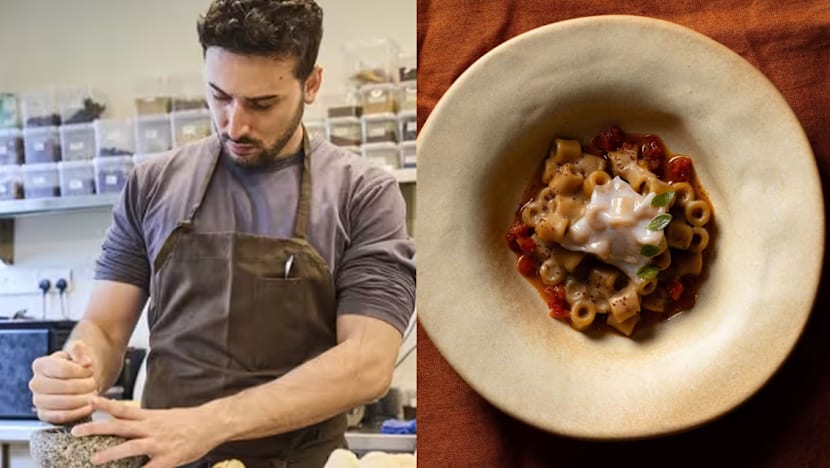
In Somma's dedicated R&D kitchen, there is space and time for chefs to fail their way to success. (Photos: CNA/Aik Chen, Sayher Heffernan)

This audio is generated by an AI tool.
Fine dining with chef Mirko Febbrile doesn’t begin with caviar or truffles. It begins with an eggplant, leftover scraps of clay from the pottery studio a few doors down, and an experimental liquid that may or may not invoke a gag reflex.
At Somma, one of the few establishments in Singapore with its own dedicated, high-tech R&D kitchen space separate from the restaurant proper, the latest menu has taken three months of shaping, refining and cajoling.
“How can we put luxury on our tables? The best luxury that people can find these days is time,” Febbrile asserted.
Five days to age a scallop in wax. Six months for a garum to ferment. Fifty failed souffles in exchange for one perfect one. Time to sit, taste and be surprised.
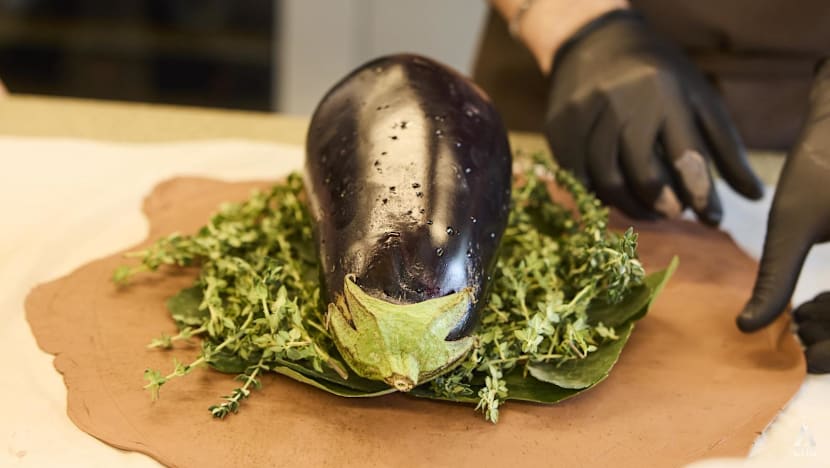
At one of their R&D sessions, where the team had about 70 per cent of the menu finalised, I observed the humble eggplant being prepared for its moment of showmanship. Using leftover clay from the neighbouring pottery studio, Febbrile tenderly swaddled the eggplant in fig leaves and thyme sprigs, sealed it into the clay and ushered it into the oven. Inspired by traditional cooking methods in clay-rich Puglia, this technique yields depth of flavour without bitterness.
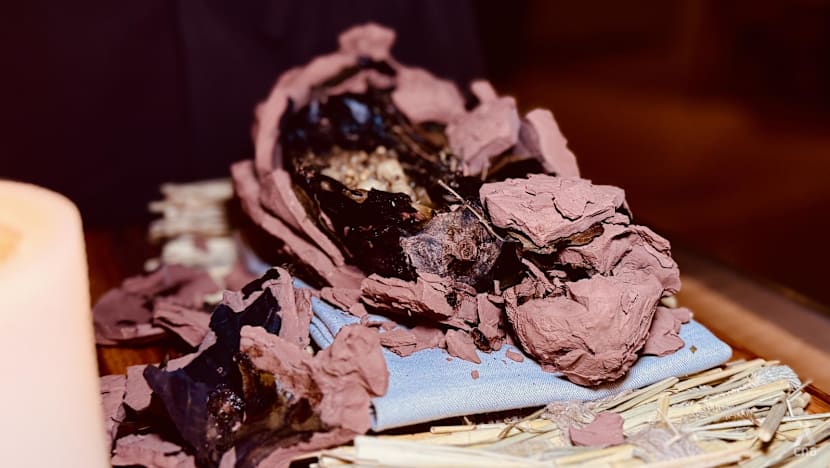
The product was what diners would experience at the table: The clay is cracked open, releasing an aromatic rush of smoky thyme and the faint mineral warmth of baked earth. Inside lies a shrunken eggplant, its flesh now perfumed, its skin transformed into an inky, pliant layer destined to become puree.
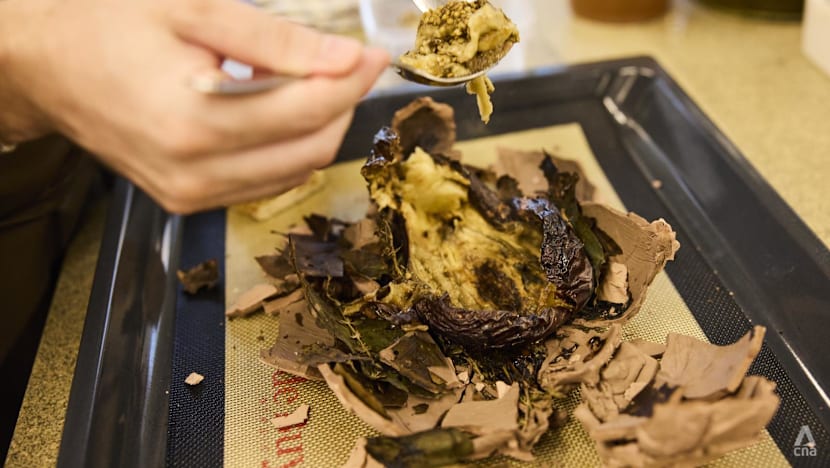
Blended smooth with olive oil, it will form the creamy base of a ditali pasta dish. Nothing is wasted, not even the skins or the leaves, which are folded back into the process in some new guise.
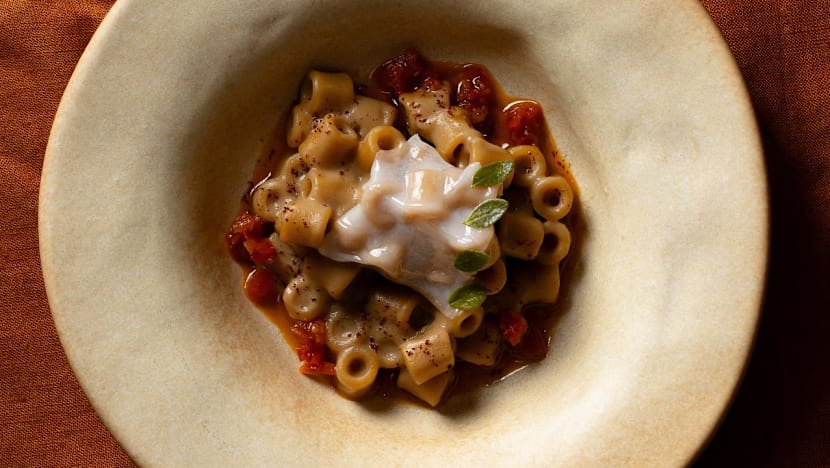
It holds the magic of comfort food but goes far beyond, Febbrile said. “It feels like we took this dish from your grandmother’s house, because it’s super comforting; but the approach is above and beyond.” It carries layers of flavour and textures. It’s familiar, yet new. And, it’s downright tasty. “To me, that’s what I think really fine dining stands for.”
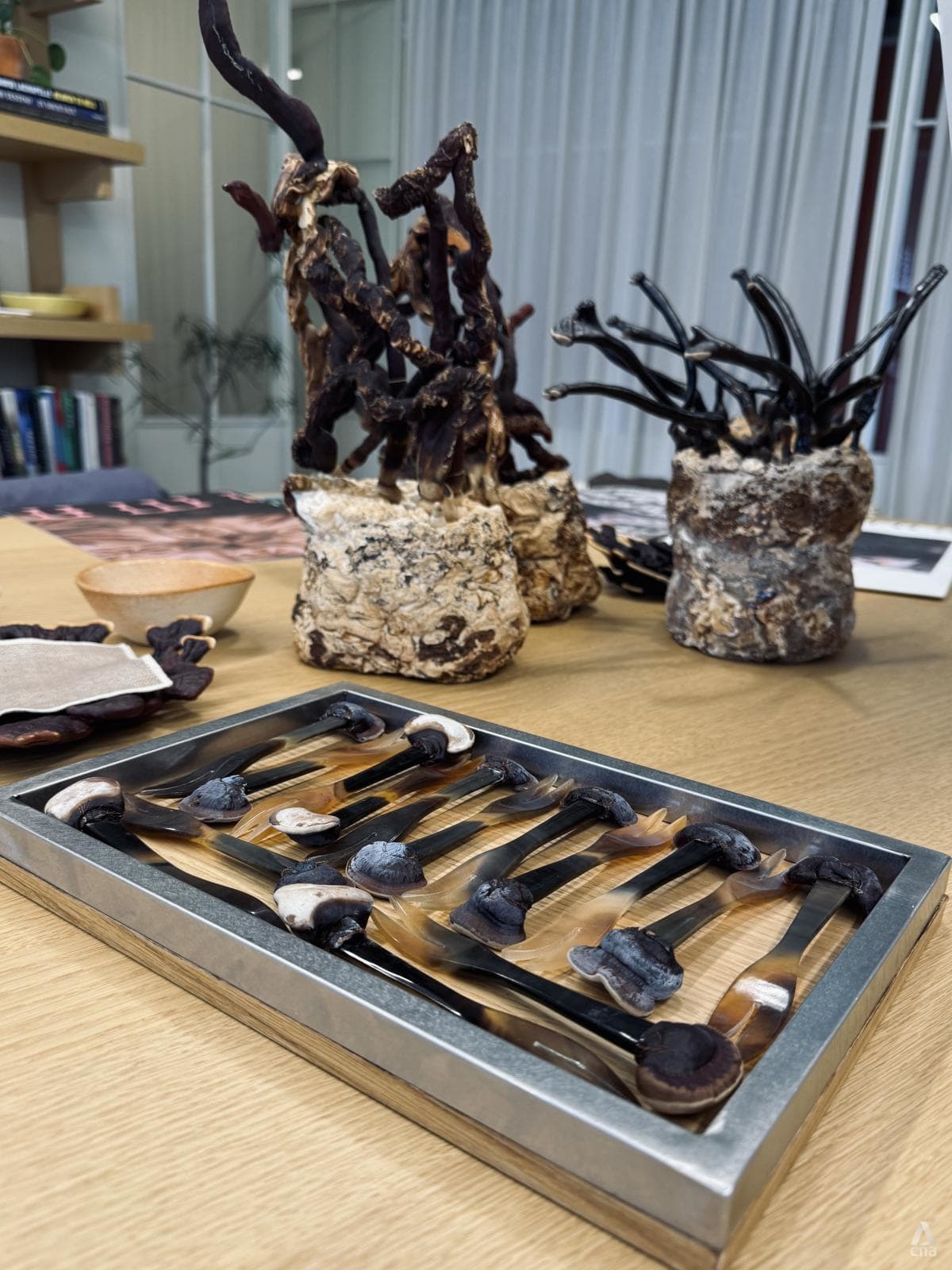
Mushrooms, too, are presented in a new light. Step into the dining room and the first thing that greets you is otherworldly-looking fungi sculptures. Mushrooms are a big feature of the new Vendemmia menu, a season that takes inspiration from a farmers’ harvest and all its associations with “abundance, unity and craftsmanship”. Mycelium plates and utensils bring their weightiness to the table in literal ways. The vessels feel both whimsical and serious, like alien sculptures withholding underground secrets.
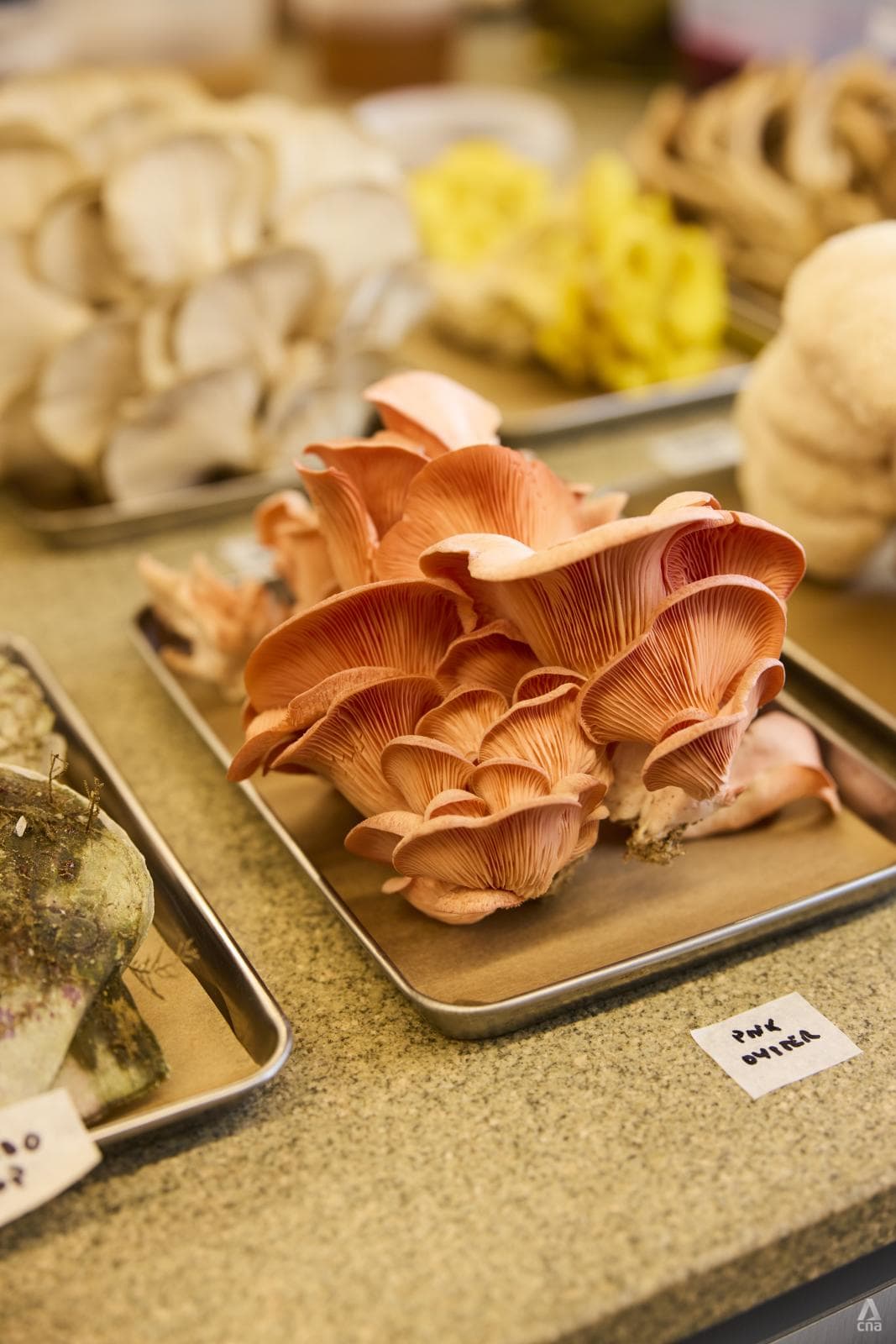
As Febbrile tossed a variety of mushrooms grown by local farm Bewilder into pans — meaty lion’s mane, golden oysters, mushrooms with pink frills that looked like ruffles of a gown — we worked our way through their flavours experimentally. “Here we have chewiness, meatiness, umami. This is very juicy, nice sharpness. This is a bit crunchy. This is very sweet. That is sour and very earthy,” he rattled off.
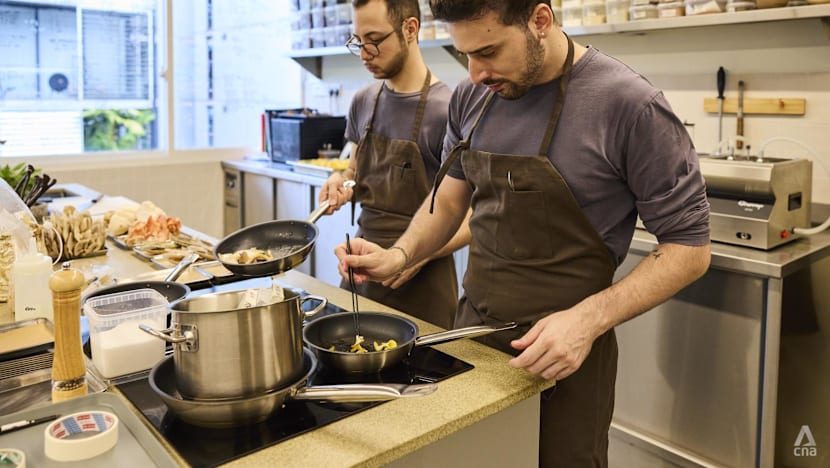
Even a vinegar’s hit of acidity is dutifully scrutinised. Experimenting with how strawberry and tomato vinegars would enhance a chimichurri flecked with lardo, Febbrile and Loris Caporizzi, Somma’s head of R&D, leaned over them like perfumers, swirling, sniffing, slurping. Too sharp, too mellow; one rounder, one brighter. It’s not the best-tasting one that wins, but the one that can contribute an abundance of character to a dish. “It’s a very minimal difference. Nobody will feel it. But for us, it's very important, so we still do it,” Febbrile said.
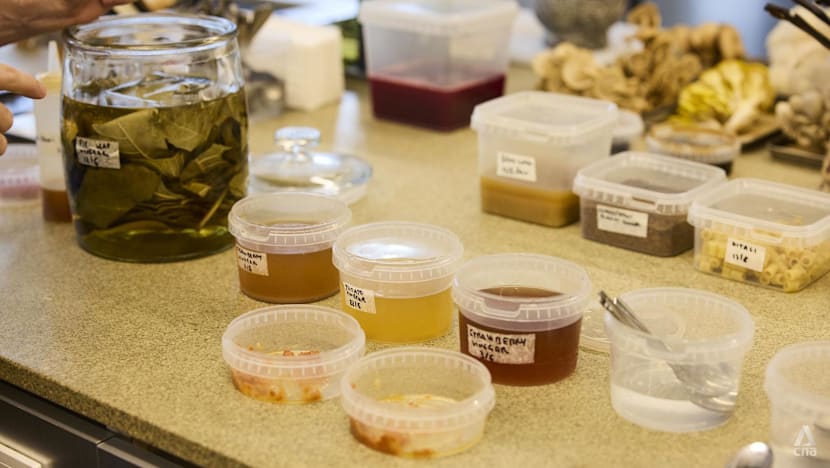
What a luxury that in itself is: Having carte blanche to freewheel your way through experiments like a scientist in a lab. “The approach is really fun, in the way that you're literally playing and seeing what is going to be your best choice. But then, the more combinations you have, the more possibilities you have,” Febbrile said. An estimated 1,800 man-hours go into developing each new menu. “Sometimes, we get stuck in this. If we wanted to work for the menu for a year, we would do it, because there are always more things to explore.”
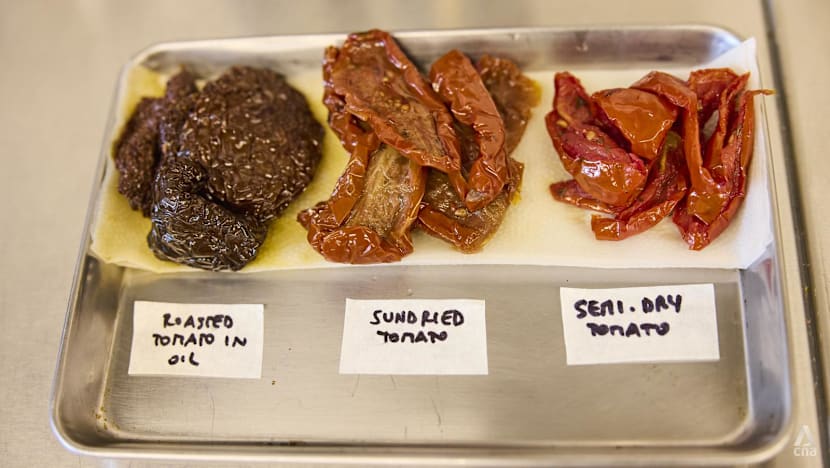
It may sound glamorous on paper, but Caporizzi’s daily grind doesn’t bring many highs. “They say to me, ‘Oh, you have the best job, because you just create.’ On the other hand, the job is really constant failure,” he divulged. “Here, you just fail until eventually, you get it right.” And then, you begin all over again.
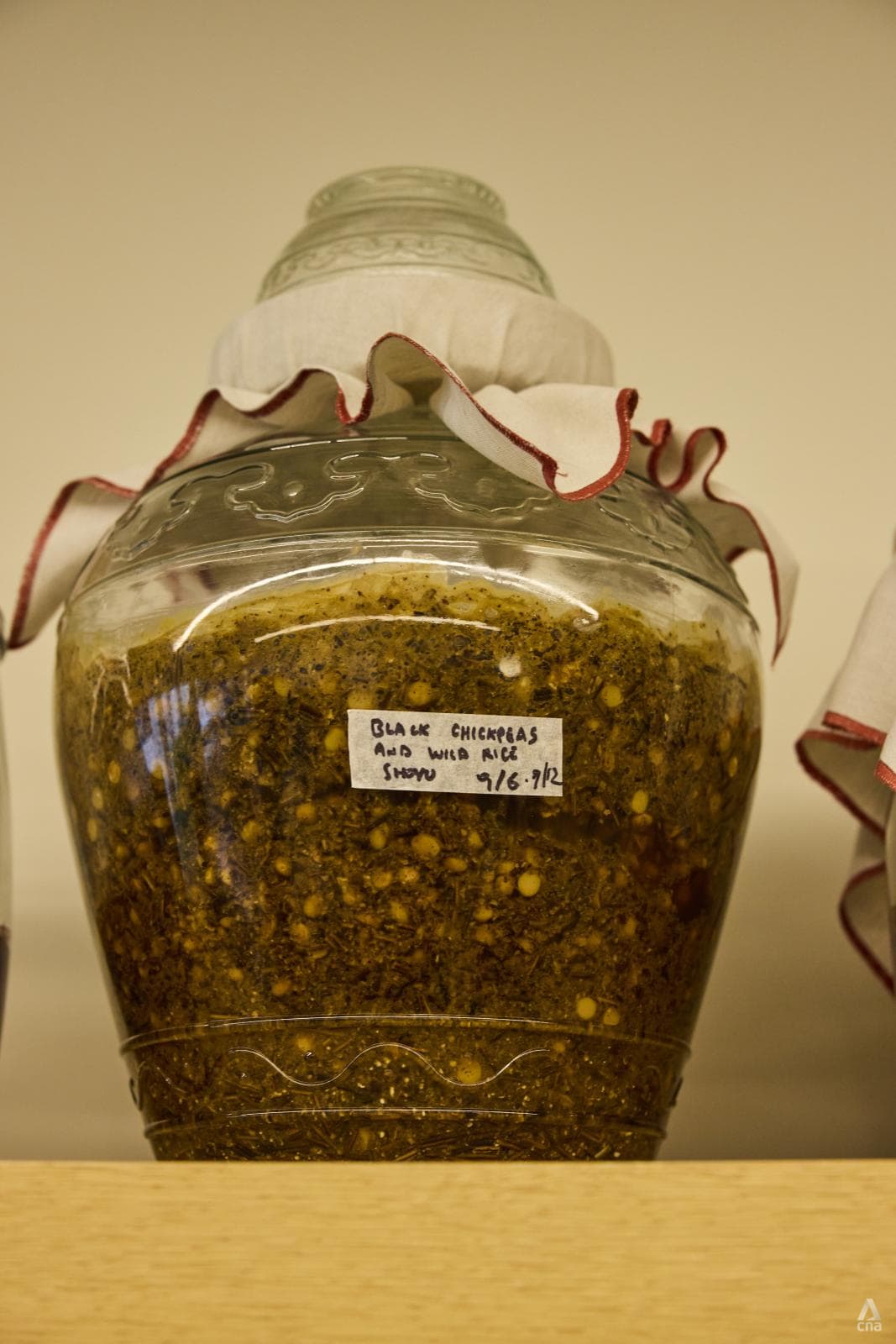
The failures, it turns out, are still delicious. Each experiment becomes the soil from which the next dish grows. And, if you ever need a metaphor for a chef’s temperament, look no further than a row of stubborn jars that burp back at you while you wait. The fermentation shelf, Caporizzi’s pride and joy, holds shoyus of bread, chickpea and wild rice; miso; and shoyu’s stronger cousin, tamari. A few are experiments in vinegar, like a fig leaf one. They bubble and darken slowly, patiently. There was a chicken garum that failed miserably, remaining in Caporizzi’s memory.
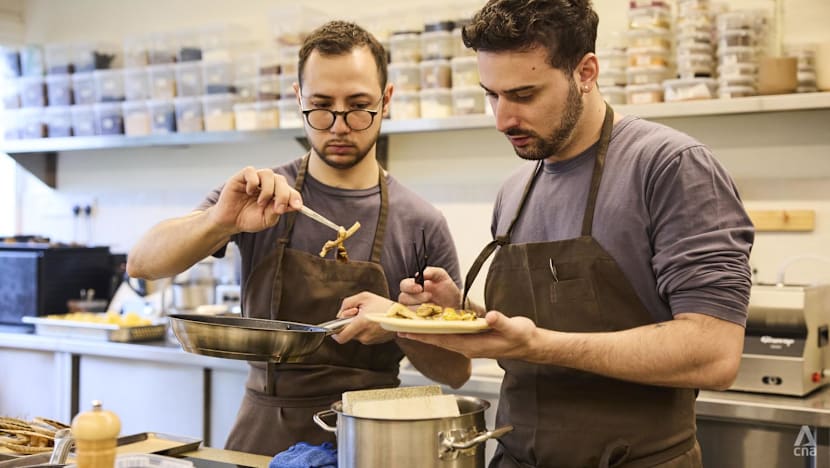
These are what the chefs obsess over, in between staff lunches of curries with rice and discussions about whether they should create an Instagram account for all the dead plants they have tried and failed to sustain.
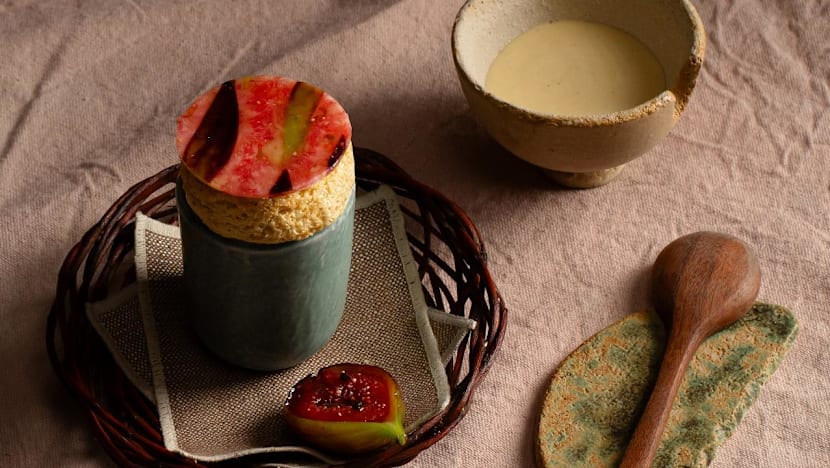
When you dine at Somma during this season, don’t ask pastry chef Jeanette Ow about the souffle. It is probably going to be one of the most glorious desserts you will taste this year. And, getting it right was a pain in the posterior. The fig souffle, made with sheep’s cheese and crowned with a pink disc of frozen fig, failed more than 50 times before standing tall. Victor Hugo wrote that "mothers are often fondest of the child which has caused them the greatest pain”, but Ow, in a fit of pique, said she never wanted to see another souffle ever again. Selfishly, I hope she eyeballs many more. Like many of the dishes here, it’s proof of persistence made edible.
“R&D is like a conversation with the ingredient: You listen, you push, you compromise, until it shows you what it wants to be,” Febbrile said. “It’s about unlearning and rebuilding, an intentional process drawing from old methods, testing, and finding ways to give new life through circular cooking. Every trial teaches us something. The dish may last only a moment, but the memory it creates — that stays.”
Somma is at 46 Kim Yam Road, New Bahru #04-02.



















